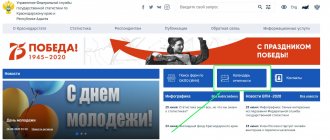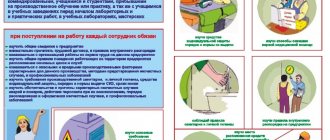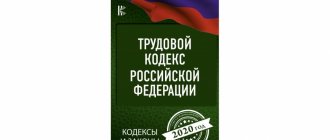Occupational safety is a set of measures to ensure the safety of workers at an enterprise. Conducting an audit in this area helps to increase the efficiency of the system. During the inspection, it becomes possible to identify existing violations and check whether the documentation complies with legal standards.
Goals
- The event allows you to evaluate the conduct of business activities in terms of maintaining the safety of employees.
- Checking the state of the organization for the period of its implementation.
results
- Assessing the performance of an enterprise in the area under study.
- Identification of compliance with current legislation.
- Identification of bottlenecks.
- Drawing up risk forecasts.
- Formation of a plan aimed at eliminating violations.
- Determining priorities in the process of eliminating defects.
- Discovering their causes.
The procedure is especially important for large organizations with a large staff, as it makes it possible to establish strict control in this area and obtain a comprehensive assessment to optimize business activities.
What does an occupational safety audit include?
In other words, why is it needed? Like any control of an organization’s procedures and business processes, an occupational safety and health audit allows you to identify weaknesses in documentation and ongoing activities. It is better to eliminate any violation recorded during an internal audit in advance. And, as you know, preventing an accident is much easier than investigating it.
an occupational safety audit include ? For constructiveness, we will divide the verification stages into documentary and real.
During the first, the availability and correctness of documentation on labor protection is checked. The basis is a list of necessary labor protection documents. We wrote earlier how to compile such a list, taking into account all the features of the organization’s activities.
Video on the topic: What is a behavioral health and safety audit?
The second part of the labor safety audit is to directly verify the actual compliance with labor safety rules in the workplace. Depending on what the organization’s employees do, such a check may vary in scope. For example, blue-collar workers are required to use personal protective equipment (PPE) at work, if this is provided for by labor safety rules and internal local documents. During the inspection, you should ensure that the employee is using PPE correctly.
Where and how to record audit results
The result of checking working conditions is an audit report. It contains the following information:
- data on the availability of the required documents regulated by law at the inspected object;
- certification of the labor protection structure at the enterprise;
- if there are violations, appropriate links to laws with requirements are indicated;
- necessary measures to eliminate identified inconsistencies at the enterprise.
What document will the manager receive?
Labor safety audit: preparing documents and forms
The most correct solution is, as always, an integrated approach. And the best place to start is with the internal audit procedure for occupational safety and health, which is an integral part of the occupational safety and health management system. This procedure contains an algorithm of actions carried out during the audit, as well as all the necessary forms. Read more about them.
The key document when conducting an occupational safety and health audit is a checklist, which contains all possible criteria for compliance with occupational safety and health regulations in the organization. Since internal audit on labor protection , as a rule, is an initiative of the management of the organization itself, it makes sense to make this list as expanded as possible.
Take into account the OHSMS procedure “Professional Risk Management” - its content will help you determine the basic elements of the checklist. Include instructions on labor protection and briefings (introductory, at the workplace) - they will also help you figure out what exactly should be checked for labor protection at workplaces. If an accident occurs at one of them (even if it is a microtrauma), pay close attention to this workplace.
Not quite clear? Call us, we will tell you how to create a checklist.
HOW TO USE CHECK DATA
Having studied the independent expert report, the manager or business owner gets an idea of the state of affairs in the company. And answers to questions:
- how modern and safe the workplace is;
- Are all documents related to this area completed correctly and in full;
- Are there any errors, errors, or risks?
In addition, after an audit of the labor protection system, a list of recommendations is issued to eliminate existing shortcomings. Using the information obtained, you can adjust internal policies and draw up a business transformation plan. This will help avoid problems during state inspection audits and focus on development.
Summarize
Of course, organizing an occupational safety and health audit is not so easy: there is often not enough time or workers who can be entrusted with this. However, the results obtained from such inspections force the organization’s managers to turn their attention to internal labor protection problems.
And if you decide to conduct an occupational safety audit on your own, treat this process with maximum responsibility. Prepare all the necessary documents, do not miss any details, and document the results by attaching them to your annual or quarterly occupational safety report.
Why audit working conditions, safety and health?
An audit of working conditions is an independent objective way to check the work of the labor protection sector, which allows you to identify inconsistencies in the activities of an enterprise from the point of view of laws.
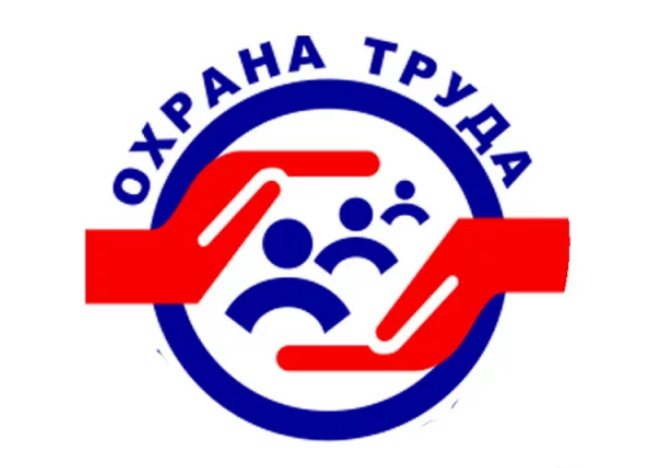
Logo
A labor safety audit allows you to reveal all the imperfections in the protection system and organize improvement measures at the enterprise in accordance with the laws. An audit is a comprehensive check, which includes:
- audit of the turnover of all materials. The availability of all document flow in production regarding the field of labor protection is checked;
- checking acts and journals for compliance with these laws;
- monitoring the vital activity of the facility and proposals for optimizing working conditions;
- providing a detailed report on the inspected object;
- list of measures to eliminate nonconformities;
- recommendations for the implementation of mandatory actions.
Note! Recommendations are created taking into account labor costs for training, a special assessment of working conditions, legal requirements and other nuances.
How to notify about an inspection
You can find out about the appointment of a scheduled inspection and its timing on the official KGC website in the “Coordination of control activities” section. The organization is notified 10 working days before the start of the event. The specified time does not include the 3-day period required for delivery of the notice to the audited entity.
If the inspection is scheduled, then a checklist with a list of issues to be inspected is attached to the notification. If the inspection is unscheduled, then all questions will be contained in the notification. DGIT will not go beyond what is specified in the notification.
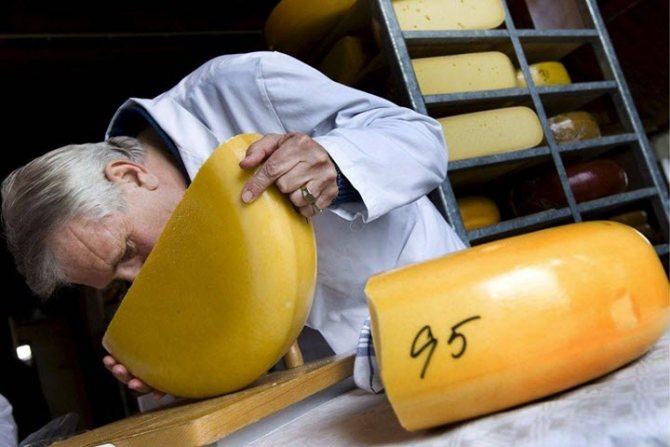
Photo from the website ombudsmanbiz-irk.ru
To feed or not to feed?
There is an opinion that during the inspection, inspectors must be seated at a set table and given a good meal. Indeed, sometimes the results of an audit can be “improved” in this way (don’t forget about Article 291 of the Criminal Code of the Russian Federation), but this does not always work. If the inspector refuses to participate in the feast, which was supposed to act as a “straw,” this will not add points to you as a specialist.
At the same time, the inspector is an ordinary person at work. He may be hot or cold, and he may travel a long way to get to your facility. In this case, offering tea/coffee with sandwiches or a glass of mineral water is a common courtesy. Usually, inspectors do not refuse the offer to bring them to the enterprise (especially if they are from out of town, or the enterprise is located in an industrial zone outside the city) and take them back to the inspection or to the train station. They have no right to demand this from you, but if there is an opportunity, then why not.
What do inspectors have the right to?
The list includes:
- Unhindered access to your territory, facilities and premises
- Check with representatives of your organization for identification documents and (or) proof of authority
- Get acquainted with documents, the maintenance of which is prescribed by labor legislation, to check their compliance with the law, receive copies of these documents (if there are no restrictions on this), incl. electronic
- Request information on issues within the competence of the inspector (both verbally and in writing)
- Gain access (within your competence) to databases and data banks, taking into account the requirements of legislation on information, informatization and information protection
- Receive the necessary documents related to the payment of wages
- Prohibit the use of personal and collective protective equipment (PPE) that does not meet working conditions and does not comply with the requirements of technical regulations
- If the inspector identifies a violation of labor protection legislation that creates a threat of harm to the life and health of workers, then he has the right to suspend (prohibit) the activities of employers, workshops (production sites), equipment, production and (or) sale of goods (work, services), operation of vehicles (by issuing orders or prohibition requests)
- To seize samples of used and processed materials and substances for analysis - in the absence of restrictions on seizure. Inspectors must notify the employer or authorized official about this
- Conduct samples and samples of products and send them to accredited testing centers (laboratories) to determine compliance with the requirements of technical regulatory legal acts (TNLA)
- Establish the fact of violation by the employer of labor and labor protection legislation, a collective agreement (agreement) or an employment agreement (contract), giving the employee the right to demand early termination of the employment agreement (contract)
- Investigate industrial accidents, take part in the investigation of occupational diseases
- Participate in the work of commissions for the commissioning of new or reconstructed industrial and social facilities and make decisions on the possibility of putting them into operation
- In cases provided for by law, draw up protocols on cases of administrative offenses
- If violations of labor protection requirements are identified that pose a threat to the life, health and performance of workers in the course of their work activities, inform state bodies that have the right to suspend the validity of a special permit (license), attestation, accreditation and cancel certificates to take action.
- Demand (by issuing an order) changes to the technological documentation for production equipment, technological processes for compliance with labor protection requirements
- Apply to the court considering economic cases with a claim for the liquidation of an organization in which a systematic gross violation of labor and labor protection legislation has been identified
- Consider appeals and complaints on issues within the competence of the DGIT
- Require, in necessary cases, an extraordinary test of knowledge on issues of labor legislation and labor protection
- Notify the prosecutor's office of identified facts of violation of the law when concluding civil contracts (which, according to labor legislation, must be carried out on the basis of an employment contract) in order to take the necessary measures
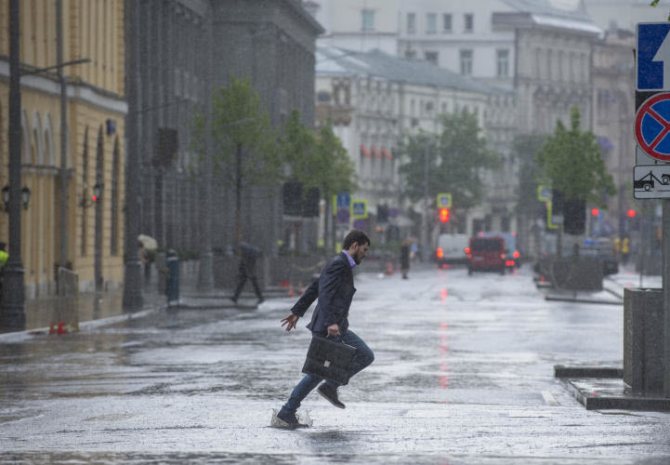
Photo from the site vm.ru
What to do during the inspection
By law, an inspector can come to the enterprise at any time of the day. But for the sake of verification, the company should not change its work schedule. For example, if your cafe opens at noon, you are not required to show up when the inspector calls at 7 am. If your enterprise operates around the clock, an inspector may come to inspect a specific technological process even at night. How and who to call to work in this case is decided by the management of the organization. For example, if it is not possible to immediately arrange for an accompanying person to come to work (you don’t have time to make an order), inform the inspector about this.
- During the inspection, show only those documents that the inspector asks for. Don’t rush to agree with criticism, give reasons why you do this or that way. An inspector is also a person who can make mistakes, confuse something, or not know about something. Even if the inspector does not agree with you during the conversation, he may not include the controversial issue in the list of violations. He understands that his actions can be appealed in court, but he does not need this.
- Tell us about the documents you show. For example, when showing a briefing log, pay attention that you do not skip lines, do not correct errors with a proofreader, etc. You're going to have to talk about something anyway, so why not talk about what you're doing right?
- Remember that the inspector does not have the right to seize the originals of any documents. Provide him with certified copies. The same rule applies to responses to orders.
- Do not bring the inspector into a completely shut down workshop or a workshop in which there are no people if the inspection takes place in the middle of the working day. An inspector who really wants to look at the work process will come again.
- If workshops, workshops, and other places that the inspector wants to inspect are located far from each other, it is better to organize transportation. Walking through the territory of the enterprise, the inspector will notice much more than if he were driving a car and talking at the same time.
- Don't distance yourself, be ready for dialogue. In the end, an inspection of the State Tax Inspectorate on OT issues is an excellent opportunity for the OT service to reach management and “knock out” funds for resolving safety issues that are not normally allocated.
